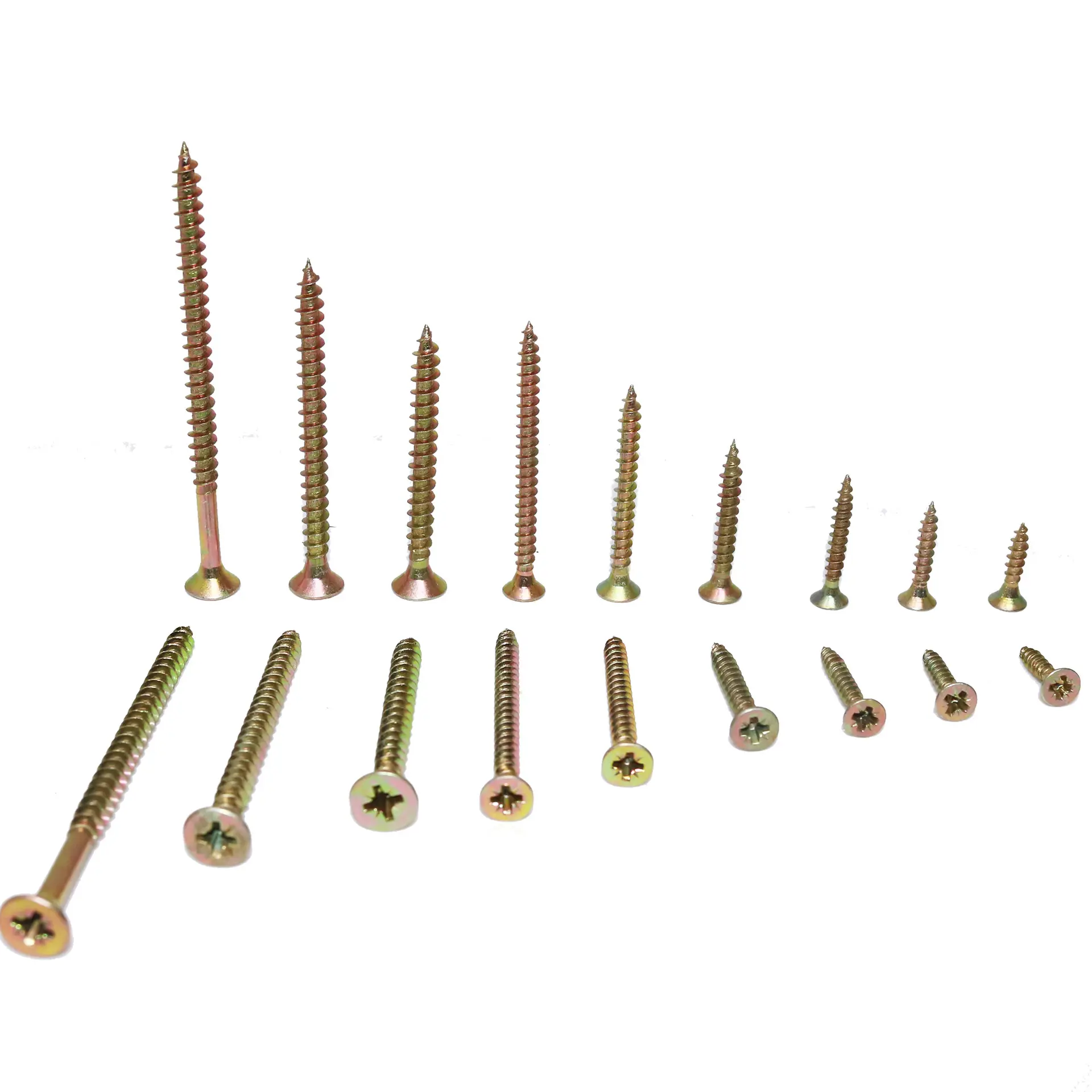cheap drywall screw pops
Understanding and Preventing Cheap Drywall Screw Pops
Drywall is a popular building material, commonly used in homes and commercial structures due to its affordability and ease of installation. However, one of the common issues that can arise during and after installation is known as screw pops. These unsightly bumps on your walls can be more than just an aesthetic annoyance; they can indicate underlying issues with the installation process, especially when low-quality materials are involved.
Understanding and Preventing Cheap Drywall Screw Pops
Several factors contribute to the occurrence of screw pops, including improper installation techniques, environmental conditions, and the quality of materials used. While it's vital to use quality screws designed for drywall applications, attention must also be paid to how the screws are installed. For example, screws should be placed at the correct depth; too deep can crush the drywall paper while too shallow can leave the screw exposed.
cheap drywall screw pops

Another contributing factor is the quality of the drywall itself. Cheap drywall may not offer the same rigidity or durability as higher-quality products, making it more susceptible to movement. Moreover, environmental conditions such as temperature swings and humidity can cause the wooden studs to expand or contract, exerting pressure on the drywall and leading to screw pops.
Fortunately, there are preventive measures that homeowners and builders can undertake to minimize the risk of screw pops. First and foremost, selecting high-quality screws and drywall materials is essential. Spending a bit more upfront can save time and money on repairs in the long run. Furthermore, using a drywall screw gun can help ensure that screws are set to the correct depth without damaging the drywall.
Additionally, controlling the indoor environment can play a significant role in minimizing screw pops. Keeping the humidity levels stable and avoiding extreme temperature fluctuations can help reduce the expansion and contraction of building materials.
In conclusion, while screw pops may seem like a minor issue, they can indicate deeper problems arising from using cheap materials and improper installation techniques. By carefully selecting quality drywall screws and materials, ensuring proper installation methods, and maintaining a stable environment, homeowners can prevent this frustrating issue and enhance the overall durability and appearance of their walls. Investing time and resources into quality materials and techniques will ultimately lead to a more stable and aesthetically pleasing result.
-
Top Choices for Plasterboard FixingNewsDec.26,2024
-
The Versatility of Specialty WashersNewsDec.26,2024
-
Secure Your ProjectsNewsDec.26,2024
-
Essential Screws for Chipboard Flooring ProjectsNewsDec.26,2024
-
Choosing the Right Drywall ScrewsNewsDec.26,2024
-
Black Phosphate Screws for Superior PerformanceNewsDec.26,2024
-
The Versatile Choice of Nylon Flat Washers for Your NeedsNewsDec.18,2024










